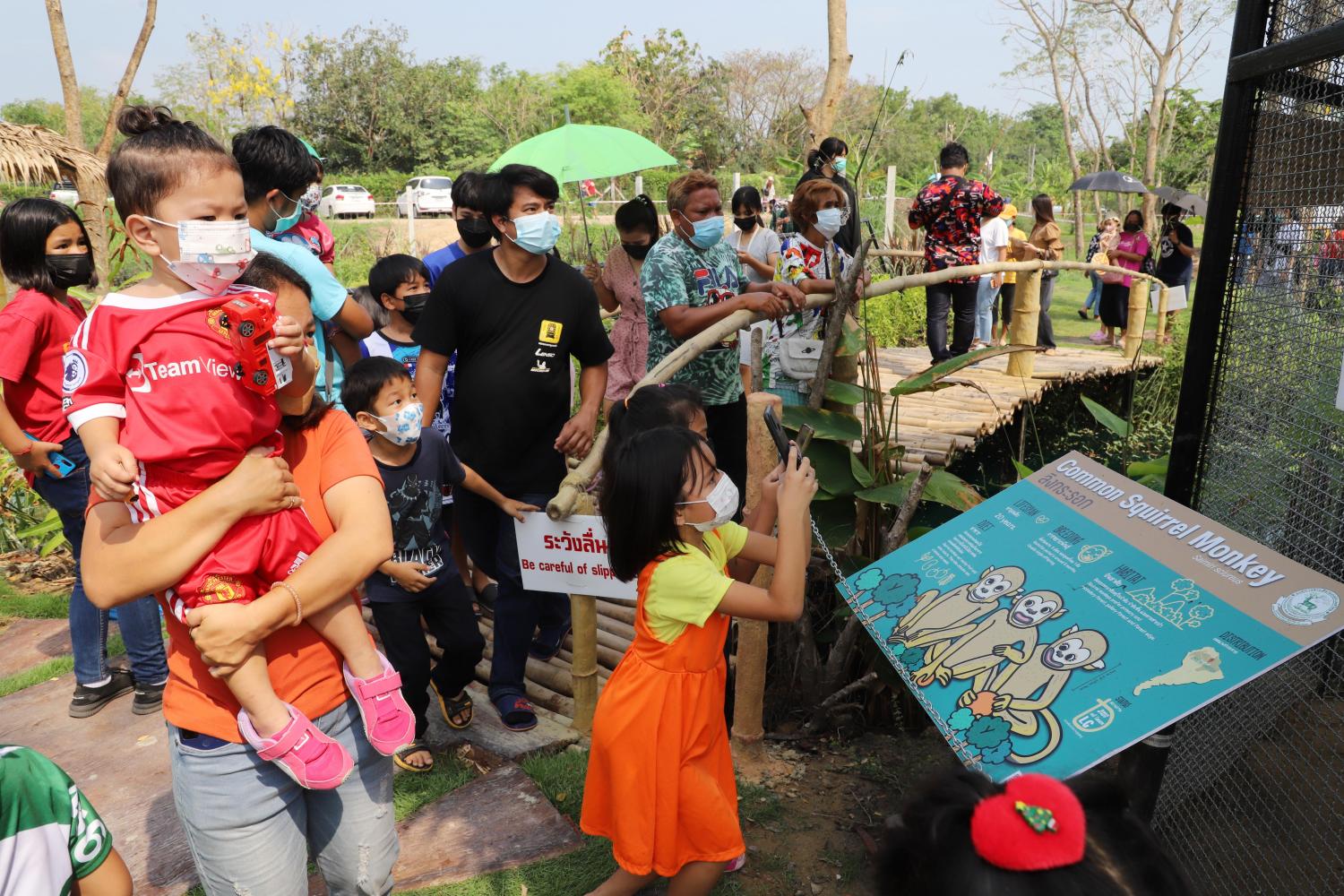
His Majesty King Maha Vajiralongkorn Phra Vajiraklaochaoyuhua has granted the deed for a 300-rai plot in the Rangsit Khlong Hok area of Pathum Thani's Thanya Buri district, to be used for the new zoo which will replace the 80-year-old Dusit Zoo in Bangkok.
The new zoo, which will be three times larger than Dusit Zoo, which closed in 2018, will provide a more natural environment for animals, with more green and safe spaces, says Attaporn Srihayrun, director of the Zoological Park Organization of Thailand under Royal Patronage.
Its design is based on respect for the world's creatures, he said, adding visitors to the zoo will be regarded as observers while the animals are the owners. As such the "observer" should enjoy the place but cause less disturbance to the owner.

Welfare for animals
The idea of zoo management worldwide is changing with more focus going on welfare for animals. It is not good to keep animals in a cage simply for people's entertainment, he said.
"Confining animals to cages is no longer the correct answer," Mr Attaporn said, saying the new zoo is being built with a focus on nature sustainability.
It will have a wild animal exhibition in which various species live together in one habitat under the same ecological system, known as a bio-park.
The highlight of the new zoo, he said, will be the harmony between elephants, deer, Thai cranes and red-shanked douc langurs.
Thung Rangsit site in the past was part of the Khao Yai forest complex, a significant habitat for wild elephants, tigers, deer and more.
The exhibition area is divided into a territories zone (47%), in which a variety of animal species will live "virtually" in the same place, followed by a bio-park zone (23%) and enclosures, and cages (7%).
Around 70% of the land, or 240 rai is dedicated to the animal living zone. The animal exhibition zone is divided into the continents of Asia, Africa, South America and Australia, and iconic animals will be presented here.
A pond will be built in the heart of the zoo linking all places together under the theme of wetland revival.
It will run some four kilometres with a visit likely to take two hours.
"Everyone knows that Thung Rangsit was a wetland in the past. We want our visitors to learn about the history of this place which was originally associated with water," he said. "We have also incorporated His Majesty King Bhumibol Adulyadej The Great's theory on sustainable development and harmony in living with nature into our design," he said.
The government has approved one billion baht to start the 9-billion-baht project, providing for basic infrastructure. Part of this money will be spent on building a 20-rai public park in front of the zoo.

Inside the zoo
Mr Attaporn said a 2,288-square-metre building will showcase the royal duties and projects of His Majesty King Bhumibol Adulyadej The Great and His Majesty King Maha Vajiralongkorn Phra Vajiraklaochaoyuhua.
The zoo will have a main hall to welcome tourists, and also include restaurants and kiosks. A renewable energy and water-recycling system will be installed to make sure that fewer carbon emissions are produced from activities at the zoo.
"The zoo is challenging. We're building it from bare land. It was nothing but rice paddy fields before.
"Once construction is complete, it will be a role model for other zoos. It will be also a landmark for learning about wildlife which will draw attention from both local and foreign visitors."
The zoo is likely to break even in 25 years. But in terms of human resources development, it will help inspire the younger generation from the very day it opens to live in harmony with nature and develop a sense of wildlife protection and preservation.
"The zoo is good for communities nearby as well, as locals can sell their fresh crops and vegetable at the zoo's market fairs," Mr Attaporn said.
According to the Zoological Park Organization of Thailand under Royal Patronage around 1.5-2 million visitors are likely a year.
The first phase of the animal exhibition zone is expected to open in 2025 and a full-scale opening is planned for 2028. The project is scheduled to be complete in 2027.
The zoo will be home for 800 animals from 200 species, on which half will come from other zoos nationwide.